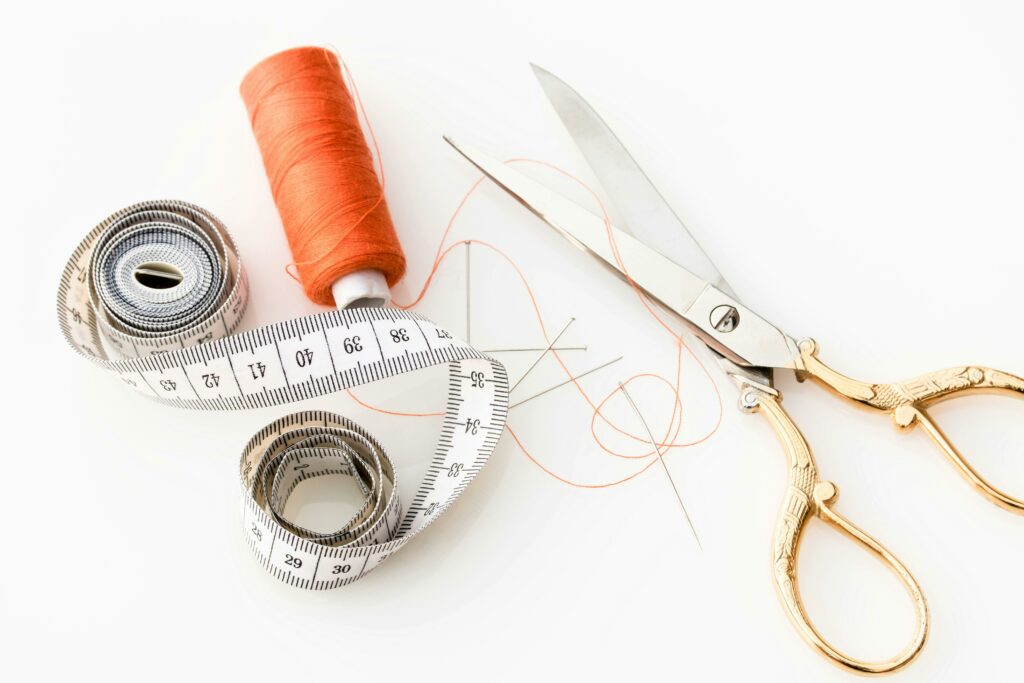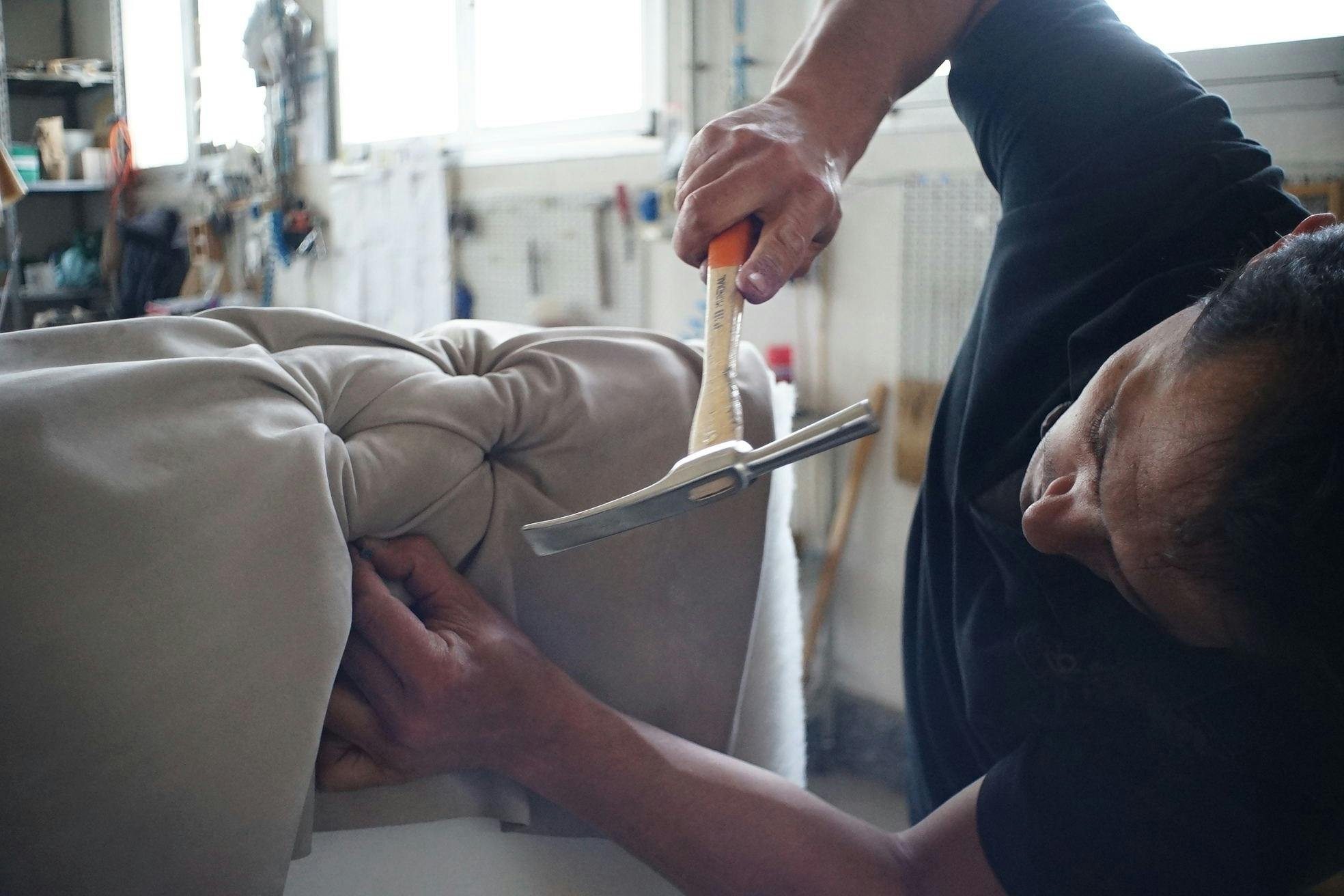The Ultimate Beginner’s Guide to Upholstery: Transforming Furniture Made Simple
Upholstery is a fascinating blend of creativity, craftsmanship, and utility, making it a go-to solution for revamping old furniture or adding a touch of personality to new pieces. Whether you’re a hobbyist aiming to start small projects or a homeowner looking to refresh your living spaces, understanding the basics of upholstery can open up a world of possibilities. In this comprehensive guide, we’ll explore the essentials of upholstery, breaking it down step by step so even beginners can achieve professional-quality results.
Why Upholstery Is Worth Learning
Upholstery goes beyond aesthetics. It’s a skill that combines practicality and artistry, allowing you to:
- Save Money: Reupholstering old furniture often costs less than buying new.
- Reduce Waste: Extend the life of furniture and contribute to sustainability by keeping items out of landfills.
- Personalize Your Space: Choose fabrics, patterns, and textures that reflect your style.
- Preserve Heirlooms: Restore sentimental pieces with a fresh look while maintaining their integrity.
For many, upholstery also becomes a fulfilling hobby or side business, offering both creative satisfaction and potential profit.
Essential Tools for Upholstery Projects
Before diving into upholstery, gather the right tools to make the process smooth and efficient. The following are must-haves for beginners:
Cutting Tools
- Fabric Scissors: Invest in sharp scissors designed for cutting heavy-duty fabrics.
- Utility Knife: Ideal for removing old materials or trimming foam.
Fastening Tools
- Staple Gun: A manual or pneumatic staple gun is essential for securing fabric to the frame.
- Upholstery Tacks and Hammer: These provide a classic, decorative finish for certain designs.
Measuring and Marking Tools
- Tape Measure: Accurate measurements are critical for fabric cutting.
- Chalk or Fabric Marker: Use these for marking cut lines on your fabric.
Other Essentials
- Pliers: Useful for removing old staples or tacks.
- Foam Cutter: For precision when shaping foam padding.
- Needles and Thread: For sewing seams or adding decorative elements like tufting.
Choosing the Right Materials
Fabrics
The fabric you choose determines the durability, appearance, and functionality of your upholstered piece. Beginners should opt for materials that are easy to work with, such as:
- Cotton: Affordable, breathable, and versatile.
- Polyester: Durable and resistant to stains.
- Linen: Offers a crisp look, though it may wrinkle more easily.
For more advanced projects, you can explore luxurious fabrics like velvet or leather.
Foam and Padding
Comfort starts with the right padding. Foam comes in various densities; beginners should look for medium-density foam, which is easy to handle and provides ample support. Cotton batting or polyester wraps can add an extra layer of softness.
Frames and Springs
Before upholstering, check the condition of the furniture’s frame and springs. Wooden frames should be sturdy and free of cracks, while springs should retain their tension. Replace any damaged parts before proceeding.
Step-by-Step Upholstery Process for Beginners
Step 1: Evaluate Your Furniture
Start by assessing the piece of furniture. Is the frame solid? Are the springs intact? This evaluation will help you decide whether to repair, reupholster, or discard.
Step 2: Remove Old Upholstery
Carefully strip away the old fabric using a staple remover or pliers. Pay attention to how the original upholstery was applied, as this can guide you during reassembly.
Pro Tip: Take photos during this step to document the order and method of attachment.
Step 3: Repair and Reinforce the Frame
Inspect the frame for weaknesses. Tighten loose joints, replace broken parts, and sand down any rough edges. A sturdy frame is the foundation of good upholstery.
Step 4: Cut and Attach Padding
Measure and cut the foam to fit the furniture’s contours. Secure it to the frame using adhesive spray or staples. Cover the foam with batting for a smooth surface.
Step 5: Cut the Fabric
Lay your fabric flat and use the old upholstery as a template for cutting. Always leave extra material for adjustments and seams.
Step 6: Attach the Fabric
Begin attaching the fabric at the center of each side, working your way outward. Pull the fabric taut to avoid wrinkles and secure it with staples or tacks.
Step 7: Add Decorative Details
For a polished look, consider adding piping, tufting, or decorative nails. These small details can elevate the appearance of your project.
Common Mistakes to Avoid
- Using the Wrong Fabric: Choose materials suited to your furniture’s use and location.
- Skipping Repairs: Neglecting the frame can lead to structural problems later.
- Overstretching the Fabric: While tight fabric looks neat, overstretching can distort patterns or weaken seams.
- Rushing the Process: Take your time to ensure accuracy and quality.
Tips for Beginners: Making Your First Upholstery Project a Success
- Start Small: Opt for straightforward projects like dining chair seats or footstools.
- Practice Cutting and Stapling: Use fabric scraps to master these techniques before working on your furniture.
- Invest in Quality Materials: High-quality foam and fabric may cost more but result in a better finish and longer-lasting furniture.
- Watch Tutorials: Online videos can provide visual guidance for tricky steps.
Upholstery as a Sustainable Choice
In an era where sustainability is paramount, upholstery is an eco-friendly way to refurbish furniture. By extending the life of old pieces, you reduce waste and conserve resources. Additionally, many upholsterers now offer eco-conscious options like organic cotton fabrics and recycled foam.
When to Call a Professional
While DIY upholstery can be rewarding, some projects require expert skills. Consider hiring a professional for:
- Complex Designs: Intricate patterns or detailed tufting.
- Antique Restoration: Preserving valuable or fragile heirlooms.
- Large Furniture: Sofas and sectionals often demand advanced tools and experience.
Conclusion: The Joy of Upholstery
Learning upholstery is not only practical but deeply rewarding. With each project, you gain skills, confidence, and the satisfaction of creating something beautiful and functional. Whether you’re reviving a beloved heirloom or crafting a unique statement piece, upholstery offers endless possibilities. By starting with the basics, gathering the right tools, and practicing patience, you’ll soon master this timeless craft and enjoy the pride of transforming furniture into works of art.



